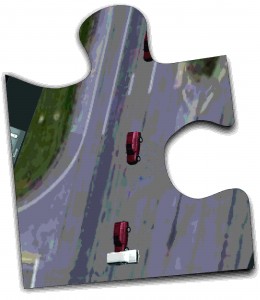Vehicle crash reconstruction has developed into a highly sophisticated process utilizing sound scientific principles. Simply stated, accident reconstruction explains “HOW” a collision occurs and it is issue driven. Common issues addressed a reconstruction include the speeds of the vehicles, who was driving and which vehicle struck the other vehicle.
Some of the scientific issues are difficult to understand or comprehend for the typical juror. Once the issues are identified then the physical evidence must be analyzed. There are three different areas to obtain data in a collision analysis- roadway, vehicle and people.
SCENE DATA– A basic crash analysis begins with a crash site inspection and mapping. Specific and accurate measurements are collected using the latest mapping and measuring equipment.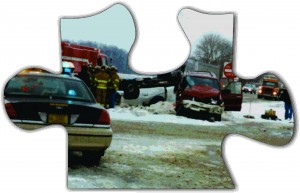
The data from the mapping procedure is downloaded resulting in a detailed computerized scaled scene diagram. The scaled scene diagram documents the crash site dimensions and physical evidence and allows the derivation of specific and critical measurements needed for each analysis.
VEHICLE DATA– Crash data from the vehicle can be obtained by a physical 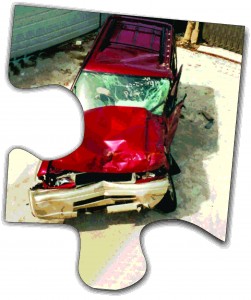 inspection or photographic review. In a number of cases the vehicle may need to be inspected and certain measurements and photographs taken to document evidence for further analysis.
inspection or photographic review. In a number of cases the vehicle may need to be inspected and certain measurements and photographs taken to document evidence for further analysis.
PEOPLE DATA– This data is usually reviewed in the form of voluntary written or oral 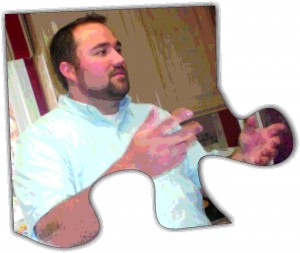 statements and sworn testimony. This may come from the initial police investigation, follow-up investigative statements, depositions and/or trial testimonies.
statements and sworn testimony. This may come from the initial police investigation, follow-up investigative statements, depositions and/or trial testimonies.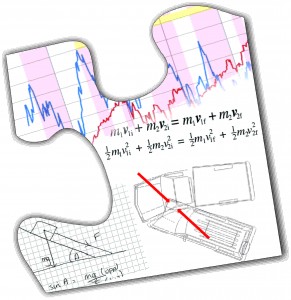
The reconstruction process takes all of the available data and applies the appropriate scientific principles to render opinions to the identified issues. At Neese & Associates, obtaining the physical evidence is our top priority and specialty. Our investigative experience and modern equipment all make this possible.